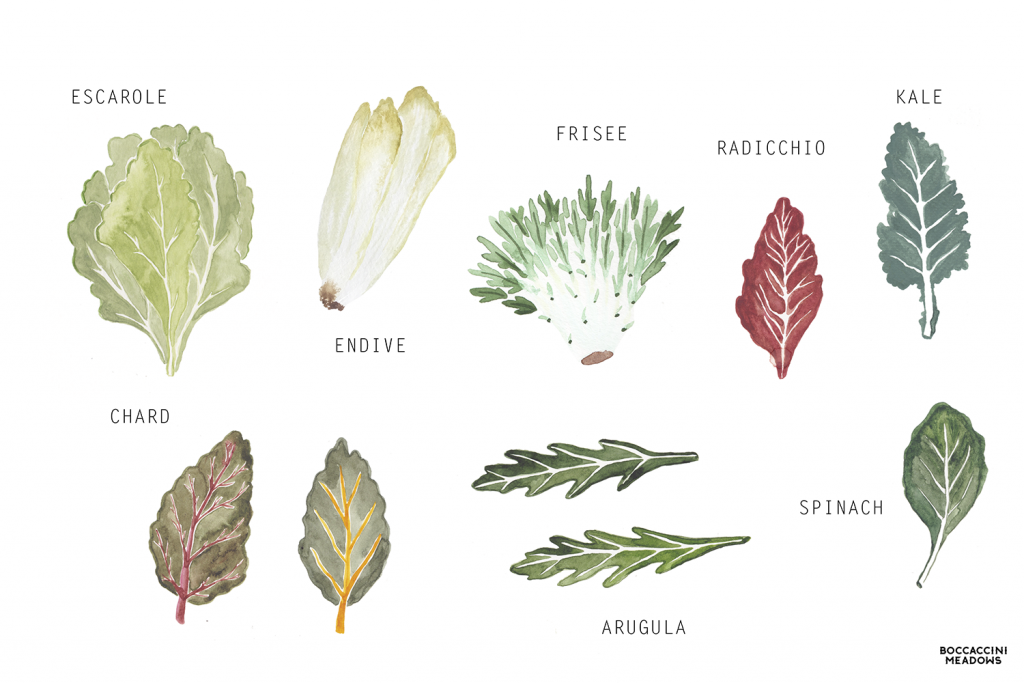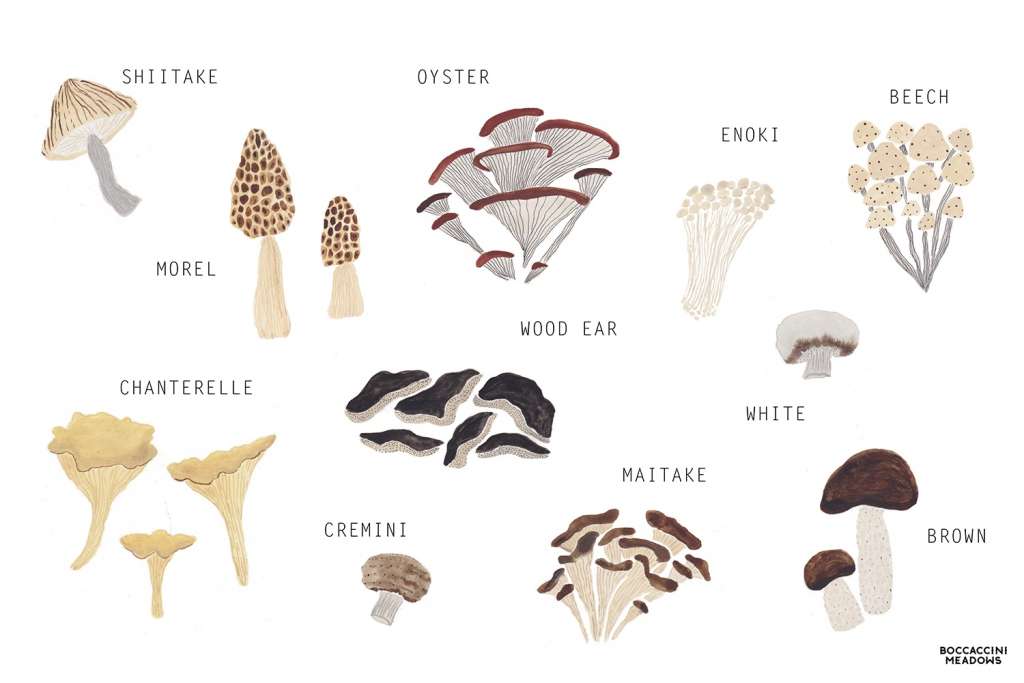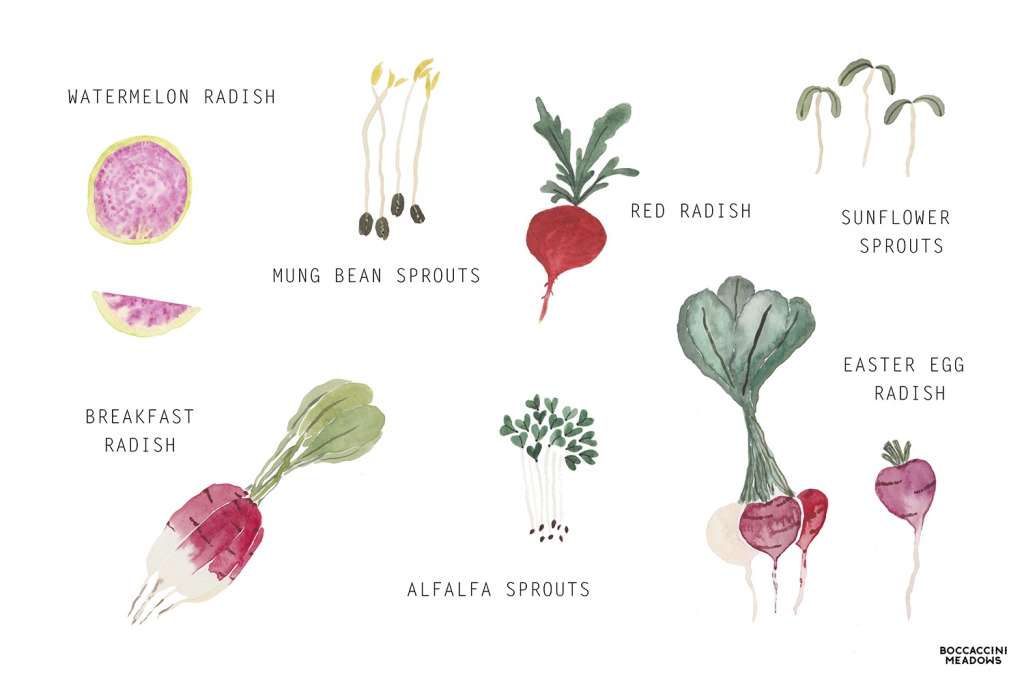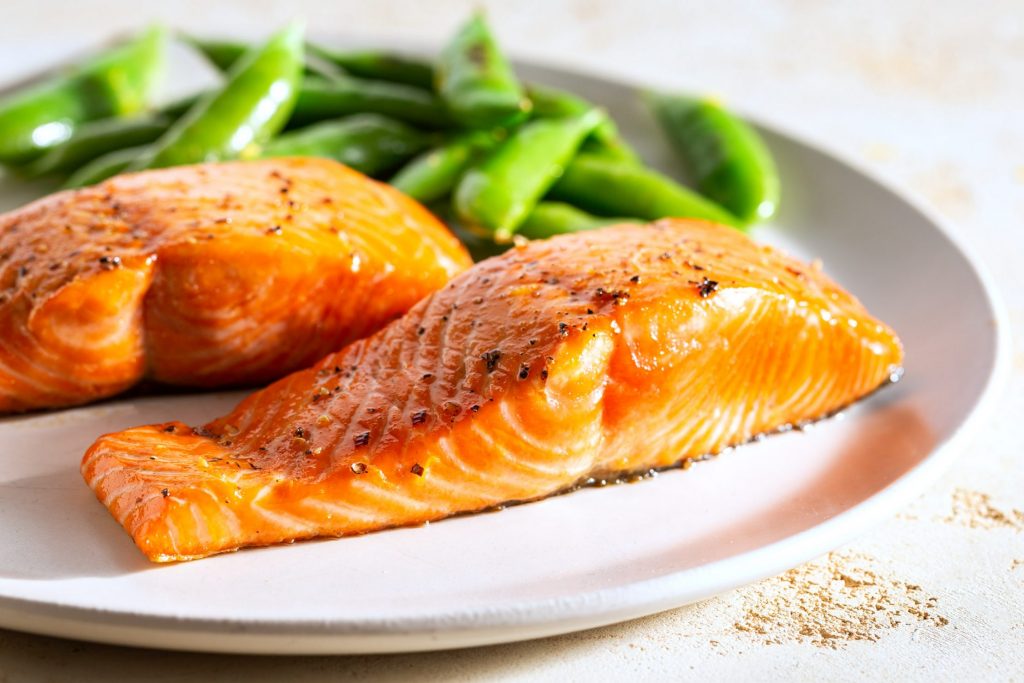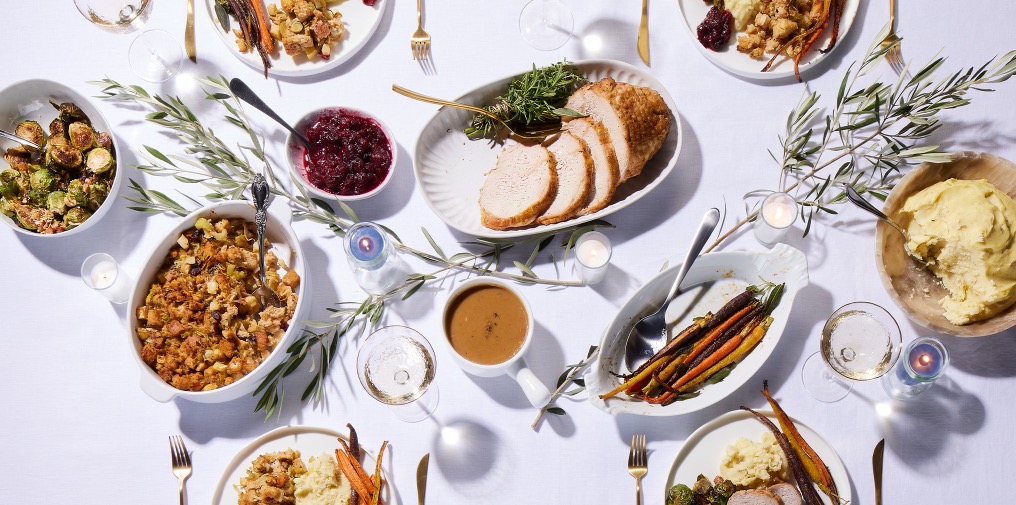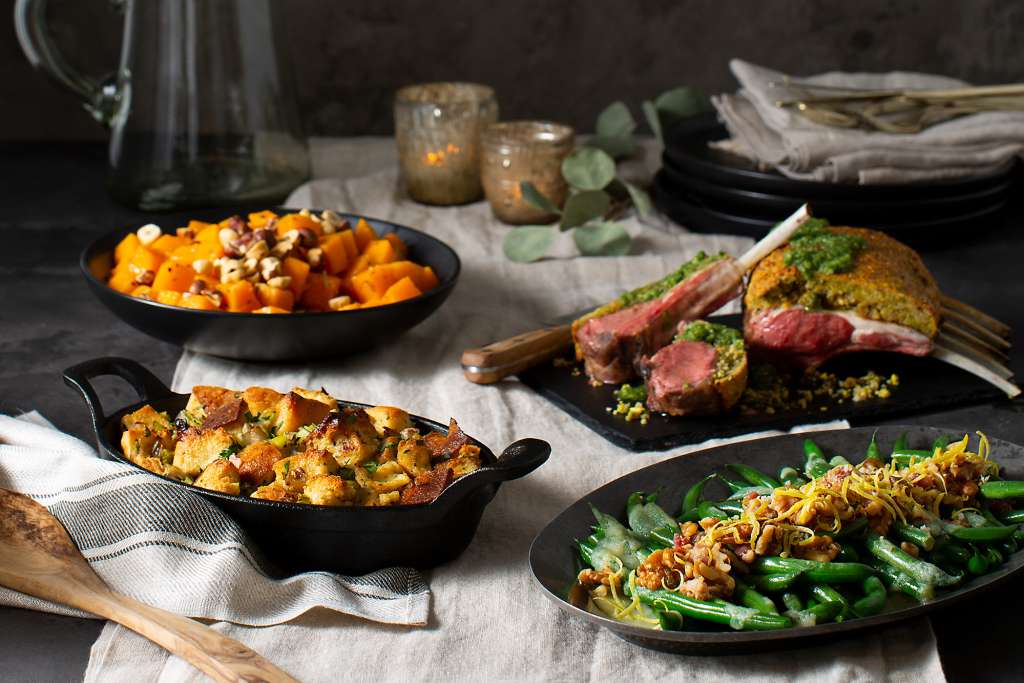Spring Market Watch: For a Good Thyme

Gone are the days of tucking a sprig of curly parsley next to your steak and calling it a garnish. Today fresh herbs are more than an afterthought, they’re a lean, clean, and a dramatically more nutrient-rich way to add flavor to your meal while also replacing the less nutrient-rich seasoning standards like excess salt, sugar, and fat. Which is why our chefs are happily heavy-handed when it comes to fresh herbs.
Most herbs are practically anti-everything: anti-inflammatory, antibacterial, antioxidant, antifungal, and antiviral, and rich in vitamins, too. As delicate as they look, fresh herbs are easily affected by unpredictable weather in early spring, which is why you may find a different herb in your meal bag than the one listed in the ingredient list.
Basil: More than a seasoning for pasta sauce and pizzas, basil is considered an antidepressant by some researchers because it can positively impact brain function by regulating the hormones responsible for making us happy and energetic.
Chives: Related to onions, chives are the chill younger sibling in the allium family. They’re frequently used in place of traditional onions for a less-harsh onion flavor. We like to toss them into salads, sprinkle them on omelets, and use as a garnish for just about any fish dish.
Cilantro: You’ll find Chef Justine’s favorite herb in nearly every Latin and Asian-inspired dish on our menu. Cilantro aids in efficient digestion, and in many cuisines, it’s added to spicy dishes because its cooling effects can help prevent heartburn. Garnish tacos with a sprinkling of cilantro, toss it into chili and stir it into rice to add freshness to your favorite Indian curries.
Dill: With a flavor that’s like a combination of celery and fennel, dill is a great addition to fish dishes like salmon and sole and has high levels of vitamins A and C. We love dill on salmon burgers and in citrus salads for a punch of flavor.
Mint: More than the essential ingredient in mojitos, this refreshing herb is known for its ability to relieve an upset stomach. We love the sweet counterpoint it gives to dishes from around the world. A sprinkling over a bowl of pasta, tossed with cucumbers for Thai lettuce cups, and stirred into tzatziki sauce for lamb flatbreads, mint balances the rich flavors in so many foods.
Oregano: Gut health is important, and oregano has been shown to protect against foodborne illnesses. This slightly peppery, aromatic herb is essential in many of our Mediterranean dishes. It gives a fresh yet rich herby flavor to the region’s light seafood dishes and is perfectly complemented by the bright, lemony flavors in Mediterranean cuisine.
Parsley: More than a garnish and breath-freshener, parsley is high in vitamin A, which supports the immune system and is critical to vision. We like to add the fresh leaves to salads, toss a handful into the blender with smoothies, and sometimes swap parsley for basil in our pesto.
Rosemary: This piney herb is used in savory dishes like meatloaf and rich pastas, but remember that a little rosemary goes a long way. We like to pair it with meaty pork chops and hardy winter vegetables that can stand up to its earthy richness.
Tarragon: The anise flavor in tarragon might remind you of the flavor of some alcoholic digestifs like Sambuca and Fernet. It’s been used since ancient times to aid in digestion. We love how it brightens up salads, balances out mustardy salad dressings, and compliments the richness of our salmon burgers.
Thai Basil: Sturdier and more pungent than the sweet Italian basil you’re likely more familiar with, Thai basil has a slight licorice flavor with a bright citrusy bite. Commonly used across Southeast Asia, Thai basil is essential in dishes like Thai drunken noodles and Vietnamese pho.
Thyme: This woody herb is higher in antioxidants than any of the others on our list. Its earthy, aromatic flavor gives roasted vegetables and winter dishes an herbaceous flavor that warms you right up.
Our Market Watch page in your recipe book explores potential substitutions and shares information about the seasonal vegetables on your doorstep each week. Our commitment to seasonal cooking means adapting to the unpredictability of the marketplace. That means that sometimes you’ll find fresh produce in your box that’s different than what’s shown in the photograph of the recipe.
Illustration by @boccaccinimeadows

